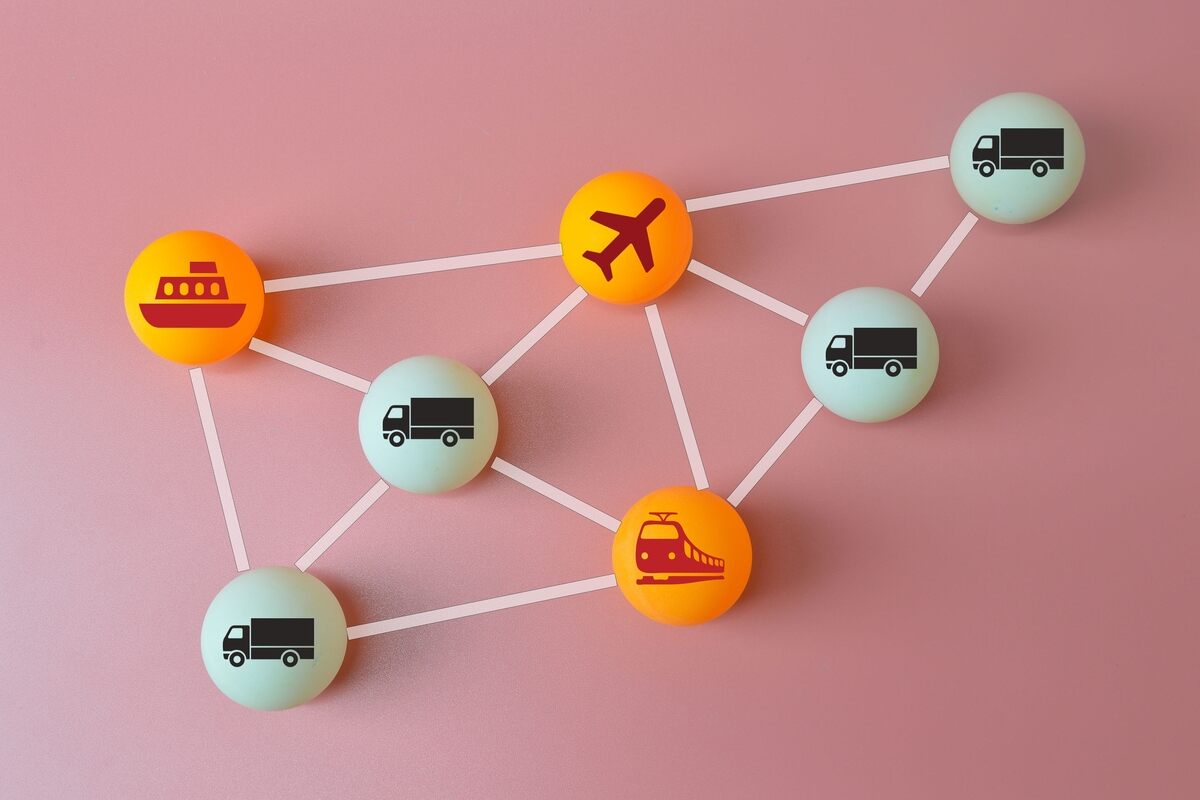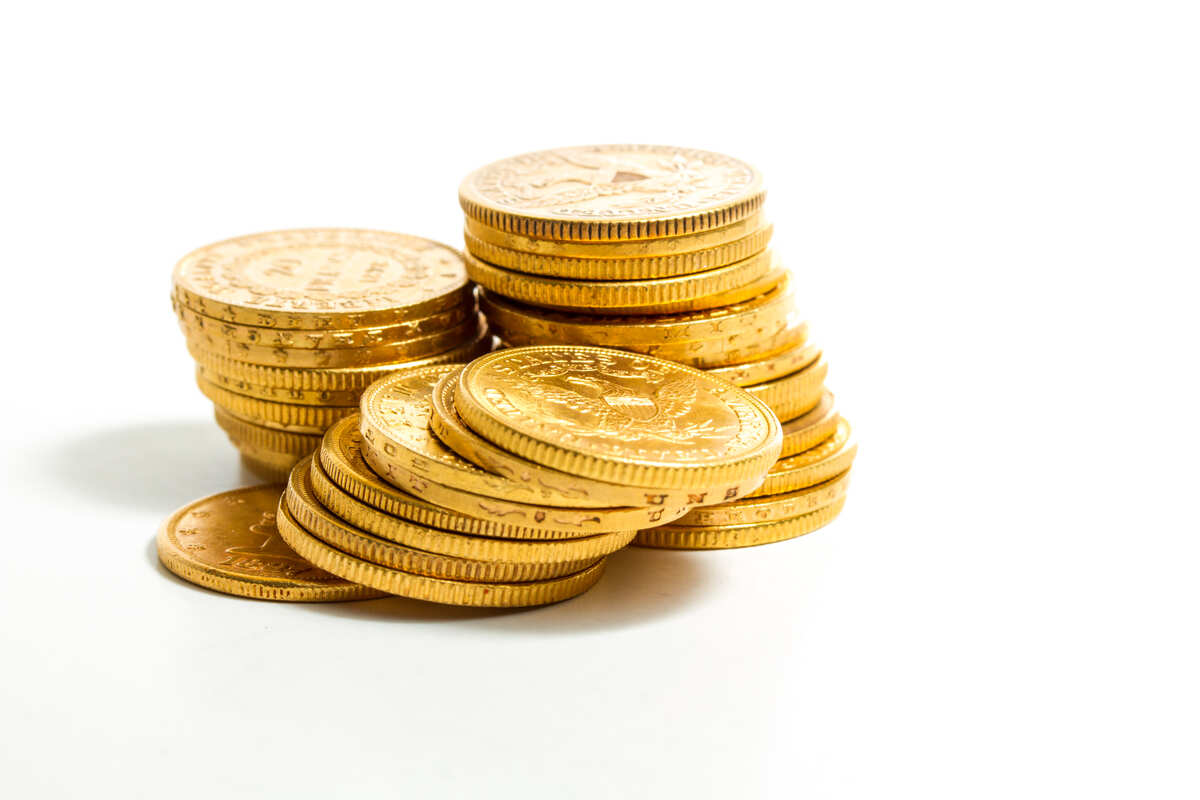Upstream vs. Downstream Supply Chain: The Similarities and Differences


The supply chain consists of all the steps involved in getting a product to the end consumer. Typically, it begins with the suppliers and vendors that provide raw materials. The next part of the supply chain is manufacturing, and the final step is distribution. Distribution can involve multiple intermediaries, including wholesalers, retailers, distributors, and even the internet.
Different stages within the supply chain are usually referred to as upstream and downstream. Upstream supply chain refers to operations in which the materials flow into the organization and downstream supply chain involves operations in which materials, typically in the form of finished products, flow from the company to the customers.
In this article, we explore the similarities and differences between upstream vs. downstream supply chain.
What Is the Supply Chain?
Before we explore the differences between upstream vs. downstream supply chain, it’s vital to understand what the supply chain in general includes.
A supply chain is a network of processes and businesses that contribute to the creation, distribution, and sale of a product. It starts with suppliers and vendors who provide raw materials for the product manufacture. Manufacturers procure those materials and convert them into products. Then, a distributor transports the product from the manufacturer to the consumer.
Supply chain management supervises this process through five steps:
- Planning
- Sourcing raw materials
- Manufacturing
- Delivery
- Returns
Great supply chain management help ensure consumers receive the products on time and at their quality expectations. Besides that, supply chain management help businesses reduce operating and procurement expenses, optimizing profitability.
The Upstream vs. Downstream Supply Chain
The upstream supply chain refers to all activities related to the company’s suppliers. In other words, it covers parties that source raw material inputs to send to the manufacturer. On the other hand, the downstream supply chain includes all post-manufacturing activities related to the distribution of products to end consumers.
The upstream supply chain can also be thought of as the “supply”, while the downstream supply chain is the “demand”.
Supply chain management strives to achieve the balance between demand and supply to ensure there are no inventory shortages, lost sales, and over-ordering.
Upstream Supply Chain
As we mentioned, the upstream supply chain refers to all activities related to the company’s suppliers. That said, here are some of the common things the upstream supply chain includes:
- Raw material suppliers or tier 3: Tier 3 typically refers to raw material suppliers or supplies needed to produce the product.
- Supplier or tier 2: A tier 2 is usually the supplier that helps supply to the major supplier or the subcontractor.
- Contract supplier or tier 1: Tier 1 is the supplier you have the contract with for making the goods for you.
The upstream supply chain deals with inventory levels, production capacity, scheduled delivery, and payment terms. Here, everything is about buying and distributing products in the warehouse, and your company is in the center.
Note that what happens in the upstream supply chain affects your entire supply chain. That said, underutilized plant capacities, parts shortages, excessive inventory, and high transportation expenses can cause your company to lose money. The same goes for late shipments and defective raw materials or parts.
Such supply chain issues can also cause the bullwhip effect, which refers to minor fluctuations in retail sales for a product that create excessive inventory for suppliers, manufacturers, and distributors. And the upstream part of the supply chain is affected most by this effect. For this reason, businesses need to consider the entire supply chain, not just the downstream part of it.
Downstream Supply Chain
The downstream supply chain deals with activities related to distributing and getting the product to the end customer. Below are the main parts of the downstream supply chain:
- Distributor: A distributor is a person that helps you sell your goods or brand and ensures they arrive at retail stores and get to customers.
- Retailer: A retailer is a person who helps you sell your products to consumers.
- Consumer: This is a person who buys your products to use.
That said, the downstream supply chain handles orders, repairs, service requests, and payments for orders, involving everything from delivering the product to the warehouse to selling it to the consumers.
Supply chain managers need to find a balance between demand and supply. Only this way can the supply chain run smoothly, without over-ordering or losing money because there is no inventory.
Over-ordering can be a problem because it can lead to businesses losing money by having too much stock that needs to be discounted or dumped.
Flows in the Supply Chain
Outlining upstream vs. downstream supply chains can help supply chain managers understand and deal with three main flows that occur in the supply chain:
- Materials flow
- Money flow
- Information flow
The materials flow isn’t just a linear path of raw materials to finished products. Sometimes, downstream partners will process returns. And distributor agreements need to be set up to process those returns and customer exchanges efficiently.
The money flow also usually moves from downstream to upstream. The retailer must pay the distributor for the products received whereas the distributor needs to pay the manufacturer. Supply chain managers need to enforce strict controls and systems of record to ensure there are no payment delays and waste and that all parties are following their contractual obligations.
The information flow is vital to the overall performance of the supply chain. Upstream and downstream partners need to communicate regularly to optimize productivity and their operations throughout the supply chain. That said, transparency between upstream and downstream partners can help build strong, long-term partnerships.
The Bottom Line
Both upstream and downstream supply chains are vital parts of a supply chain in general. While the upstream part focuses on activities in which the materials flow into the organization, the downstream part focuses on operations in which materials, typically in the form of finished products, flow from the company to the customers.
By managing both parts of the supply chain efficiently, supply chain managers can ensure that the supply chain continues to run smoothly.
Note that well-managed logistics allow efficient supply chain management, and that is what we provide. With Unival Logistics, you will get end-to-end logistics solutions using cutting-edge technology. Your products will travel the best routes to arrive safely and on time to their destinations.
Moreover, we offer full-value insurance for added protection, so contact us if you need our services.
Latest blogs
Can You Ship Alcohol and How? US Guide to Alcohol Shipping
Tue, Dec 23rd 2025, 01:37
 Continue Reading →
Continue Reading →
Top 5+ Documents Required for Domestic Shipping: A Full Paperwork Guide
Mon, Dec 1st 2025, 02:05
 Continue Reading →
Continue Reading →
Categories
defaultCall Us Today
Get premium full-value shipping insurance at affordable rates and be sure your parcels are 100% safe during transport. Work with a logistics powerhouse - get in touch with us today.
213-368-3444
Contact Us
Want a peace of mind when shipping valuable packages? Our experts are happy to ansver any questions you may have and provide you with a tailored soulution that meets your unique shipping needs. Email us today and ship your luxury items with ease!



